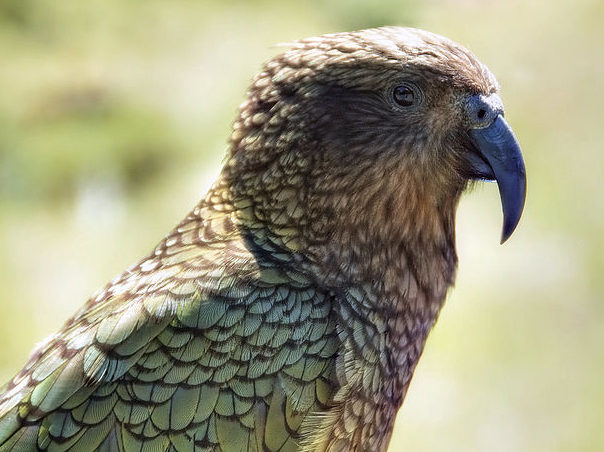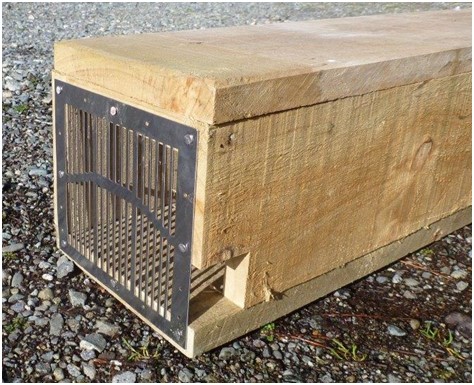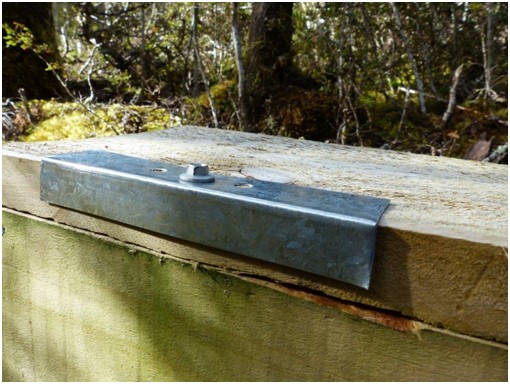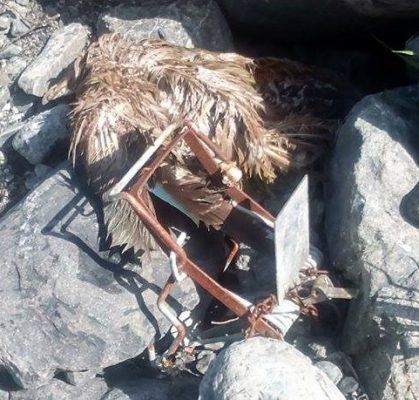Kea curiosity can be fatal. The Kea Conservation Trust released an updated safe practice guide for ground-based predator control in kea habitat.

The world’s only alpine parrot, the kea, are known for tampering with predator control traps. They poke sticks into traps to set them off, undo screws, bend wire grilles and other inquisitive behaviour.
Intelligent and innovative, kea find new ways to get themselves into trouble with traps so the ‘Ground-based pest control in kea habitat safe practice guide‘ is a regularly updated must-have for people doing ground predator control in kea habitat.
The guide identifies which predator control devices are known to be safe for use in kea habitat or can be made safe with simple modifications. It also provides a means to report kea injuries or deaths caused by predator control devices for ongoing improvements.
“Predator control is hugely beneficial to kea,” says Kea Conservation Trust chairperson, Tamsin Orr-Walker. “Nesting success can be less than 5% without predator control in a stoat plague year, compared to 75% with predator control. It’s not about stopping trapping – just making it safe.”
“People may be concerned about reporting a dead kea in their trap,” says Tamsin, “We want to make people really aware of how important it is to report it, to increase our knowledge of the dangers kea face and ultimately increase kea safety.”
Another key thing to remember is kea aren’t just found in alpine areas.
They are far-ranging – even down to sea level on the southern, western and northern coasts of the South Island.
How to protect clever kea raiding traps with tools

Kea are able to remove the screws and nails holding down the lids of DOC 150/200 traps. They can roll the traps over, set them off by poking a stick through the front opening and yank off the front wire mesh. According to the best practice guide, at least 24 kea have been killed by the DOC 150/200.
Recommended safety measures are:
“Secure lid with 65mm galvanised steel screws (not nails or short screws). The most effective method is to place three attachment points on every lid.”
Leg-hold traps have a trigger weight of 500g. Kea weigh 750-1100g and injuries and deaths have been recorded. It is recommended that the trigger weight be increased to >1.3kg in kea habitat and a solenoid lock added to prevent triggering during the day.

The report recommends that Warrior traps are not used in kea habitat (deaths have been recorded) and that Sentinel traps are only used if absolutely necessary to protect another threatened species.
Kea deaths have also been recorded in Timms traps which are easily accessible and attractive to kea and should not be used unless absolutely necessary for another threatened species.
Feratox and cyanide paste should only be used in kea-proof bait stations and bait bags should not be stapled to trees in kea habitat.
For a full list of traps, bait delivery stations and poisons download the ‘Ground-based pest control in kea habitat safe practice guide‘.
Reporting kea injury or death
Reporting kea injury or death is essential and should be commended to learn and further reduce risks to kea, the guide says.
“As new traps are commercialised, it is important to report incidents so they may be addressed.”
A reporting form is available within the guide.
What’s next for kea-safe control?

The guide ends by detailing emerging technology and the possible risk mitigations for kea for each new device explained. However, “there is clearly a shortage of kea-safe pest control devices, particularly those targeting possums and cats.”
With the surge in new technology development, it recommends developers prioritise testing of new devices for the safety of wild kea.
Tamsin is also keen for community groups and others to share good ideas for ways to make predator control safer for our much-loved kea.
So if your group has any tips, tricks or trap modifications you’d like to pass on, please get in touch.
Contact the Kea Conservation Trust for further information or download the safe practice guide.

